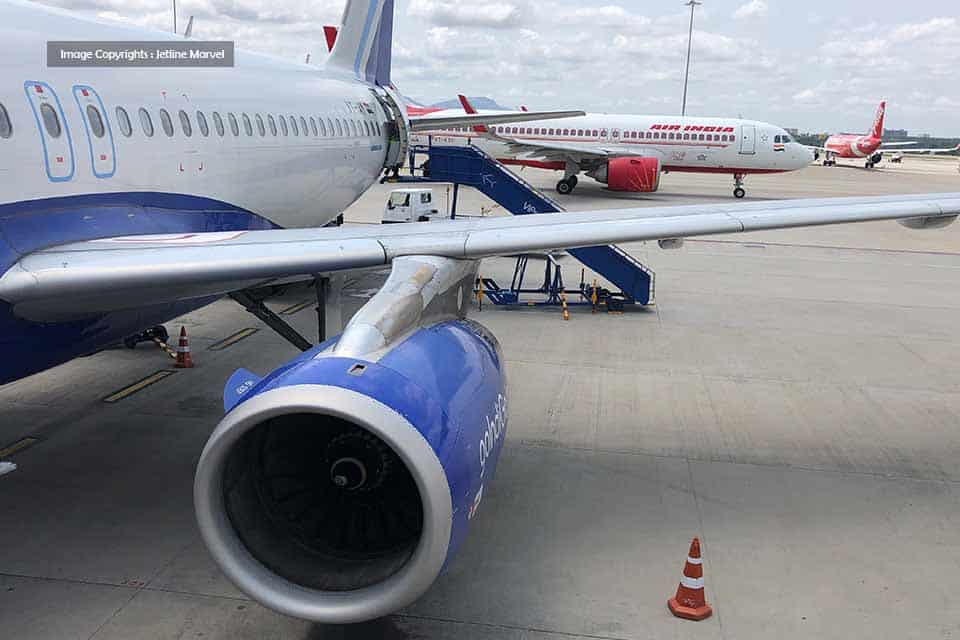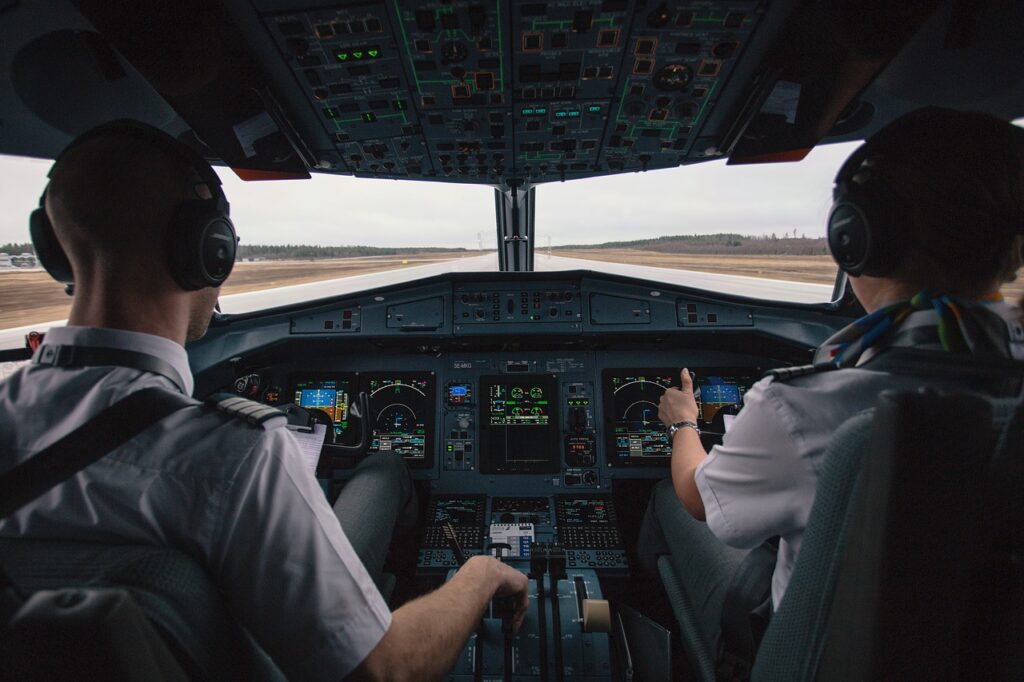Aerospace
Indigo pilot’s inspiring journey from the family’s grocery store to the cockpit
The 28-year-old woman’s path from her family’s grocery shop to the pilot’s seat of a major airline in India is an inspiration.

Many people have the desire of becoming airline pilots. However, some individuals succeed in such competitive and expensive training. To become a pilot, talent is necessary, but financial security is also crucial; without it, your dream of becoming a pilot won’t come true. This is the account of a young Indian girl who comes from a middle-class home and achieves her dream.
The 28-year-old woman’s path from her family’s grocery shop to the pilot’s seat of a major airline in India is an inspiration. A success story that everyone can learn from. Aafrin Hirani is an Indigo pilot.
She is currently a pilot for Indigo Airlines, the top airline in India based on market share (55%), on-time performance, and other factors. With a fleet of more than 275 aircraft, the airline connects 74 domestic and 26 international destinations with more than 1600 daily flights.
An estimated number of flight hours and intensive training are required to become a pilot for a commercial airline. After years of dedication and grueling struggle, Aafrin is the second woman from Adilabad, Telangana, to achieve this milestone.
“I was resolved to be the best in my area and serve as a role model for young women. So, after completing intermediate in Hyderabad and going to school in Adilabad, I decided to major in aeronautical engineering at a private college. I successfully finished my two years of pilot school in Australia, fulfilling my lifelong ambition of flying, Aafrin said to Telangana Today.
After excelling in pilot training in Australia from 2018 to 2020, the 28-year-old was appointed as the first captain pilot of the private airline in August. She was chosen because she did well in aeronautical engineering to go through the demanding training. However, due to the appointment processes being slowed down by the government shutdown, she had to wait two years before entering the cockpit of an aircraft. the Covid-19 pandemic.
She acknowledged that even after completing the demanding training in a foreign country, she was a little nervous about waiting to fly a plane and being idle at home.
However, she said that she was ecstatic to fly and to be in charge of the crew. She attributed her success to the encouragement and support she received from her parents, Aziz and Navina.
About IndiGo
IndiGo is amongst the fastest-growing low-cost carriers in the world. IndiGo has a simple philosophy: offer fares that are low, flights that are on time, offering a courteous, hygienic, and hassle-free travel experience. With its fleet of 275+ aircraft, the airline is operating over 1600 daily flights and connecting 74 domestic destinations and 26 international destinations. For more information, please visit www.goIndiGo.in or download our mobile app.

Aerospace
Boeing Transfers Rocket Stage to NASA, Paving Way for Human Moon Mission

Boeing has achieved a significant milestone by providing NASA with the second core stage of the Space Launch System (SLS) rocket.
This crucial component, crafted at NASA’s Michoud Assembly Facility (MAF), is set to propel the Artemis II crew into lunar orbit, marking humanity’s return to deep space after a 50-year hiatus.
The monumental Boeing-built rocket stage, the largest element of the Artemis II mission, will embark on a journey aboard the Pegasus barge, traveling 900 miles to NASA’s Kennedy Space Center.
Comparison of two legendary aircraft B777x vs B747 aircraft:Click here
Upon arrival, it will be meticulously integrated with other essential Artemis II components, including the upper stage, solid rocket boosters, and NASA’s Orion spacecraft within the iconic Vehicle Assembly Building. This intricate integration process is a vital step toward the eagerly anticipated Artemis II launch, slated for 2025.
“Boeing-built products helped land humankind on the moon in 1969, and we’re proud to continue that legacy through the Artemis generation,” remarked Dave Dutcher, vice president and program manager for Boeing’s SLS program. “Together, with NASA and our industry partners and suppliers, we are building the world’s most capable rocket and paving the way to deep space through America’s rocket factory in New Orleans.”
NASA, Lockheed Martin Reveal X-59 Quiet Supersonic Aircraft:Click here
The delivery of Core Stage 2 marks a significant achievement in the evolution of the SLS rocket. Towering over 200 feet and powered by four RS-25 engines, this core stage, coupled with two solid-fueled booster rockets, will generate a staggering 8.8 million pounds of thrust. This immense power is crucial to launching Artemis II and future missions into the vast expanse of space.
The SLS rocket stands unparalleled in its capability to transport both crew and substantial cargo to the moon and beyond in a single launch. Its extraordinary capacity will facilitate the delivery of human-rated spacecraft, habitats, and scientific missions to destinations including the moon and Mars, ushering in a new era of space exploration.
-

 Travel1 week ago
Travel1 week agoAir India to Expand US Operations with Three New Routes After a Decade
-

 Travel2 weeks ago
Travel2 weeks agoWhy We Should Avoid These Stamps in a Passport
-

 Airlines1 month ago
Airlines1 month agoInvestigations Reveal Fake Chinese Titanium in Boeing and Airbus Jets
-

 Tech4 weeks ago
Tech4 weeks agoChina’s CATL Plans 1,800-Mile Electric Plane Launch by 2027
-

 Airport3 days ago
Airport3 days agoTop 10 Largest Airports in the World by Size
-

 Aerospace4 weeks ago
Aerospace4 weeks agoChina’s Fighter Jets Turn Wings into Autonomous Drones
-

 Airlines4 days ago
Airlines4 days agoAir India Rolls Out A350s for Delhi-New York JFK and Newark Routes
-

 Defence3 weeks ago
Defence3 weeks agoBoeing Enhances Chinook with New Engines and Block II Upgrades at $96 Million








